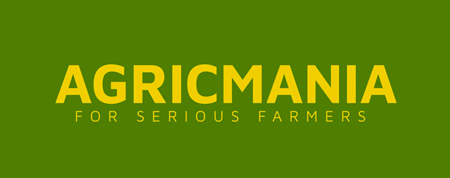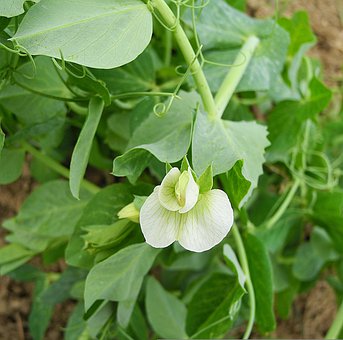By Almot Maqolo
Zimbabwe’s pea planting was down by 25% this year, the Horticultural Development Council (HDC) said recently. It said growers now have greater packing freedom, which is good for them. The horticultural sector currently generates US$77 million in export earnings. The HDC estimates that the industry employs 18,700 people and has the potential to treble employment over the next four years, from 2022 to 2025.
“Not only planting is down but the yields are down too due to the unusual weather conditions we experienced at the beginning of the pea season,” said HDC. “As a result, the market is extremely short and not so discerning, allowing growers to push the boundaries a little on what they pack.”For the majority of the late 1980s up to the early 2000s, Zimbabwe, along with Kenya and Ethiopia, was one of Africa's traditional main exporters of horticultural goods.
The country's horticultural exports rose from only US$6 million in the 1987/88 season to US$103 million by 1997, according to the Horticultural Development Council of Zimbabwe. Exports increased at an average annual rate of 25% from 1998 to 2004, reaching a peak of more than US$ 250 million in the early 2000s. Up until the late 1990s, the sector contributed 3.5–4.5% of the national GDP and was a significant source of foreign exchange for the nation with a variety of horticultural exports to European markets, including tropical, citrus, and deciduous fruits; different vegetables; tree nuts; avocados; and cut flowers.
At its height in 2000, the sector generated export revenues of more than 125 million US dollars. But, according to the Horticulture Recovery and Growth Plan, the industry is expected to generate $300 million in export revenue annually by 2030. In accordance with the 2022 National Budget Statement on the SDR allocation, the nation has established a US$30 million Horticulture Export Revolving Fund (HERF), or "the Fund," which will go a
long way toward enabling our farmers to start horticulture projects as well as acquire value-added facilities that will enable dehydrating, freezing, canning, bottling, extracting, juicing, and concentrating their produce. Treasury chief Mthuli Ncube made the announcement that Zimbabwe had received US$958 million from the International Monetary Fund (IMF) as part of a General Allocation of US$650 billion that was given globally to all IMF member nations in the 2022 National Budget Statement.
The Treasury is focusing on strategic industries from these resources, such as horticulture value addition and expansion, which have the ability to bring in foreign currency profits and create jobs that will have a multiplier effect on the economy. The Horticulture Export Revolving Fund has the ability to finance bankable projects with a focus on value addition, help narrow the funding gap, and drive greater productivity. Achieving an upper middle- income society by 2030 will be made possible by such a smart resource allocation, which will also allow Zimbabwe to reclaim its place as one of the top exporters of horticulture in the region.



